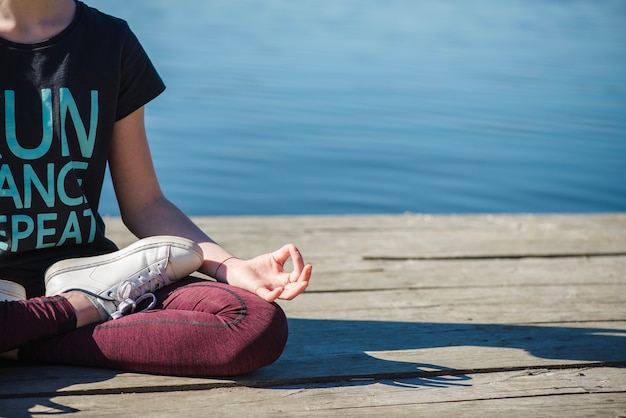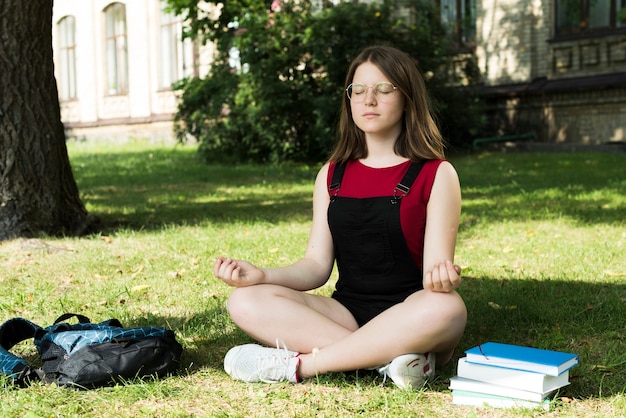In today’s fast-paced world, stress, distraction, and mental fatigue are common. Yet, research consistently shows that just 10 minutes of mindfulness a day can significantly improve focus, emotional regulation, and overall well-being. The best part? You don’t need hours of meditation or a quiet retreat—just a few intentional minutes each day.
Mindfulness is the practice of paying attention to the present moment without judgment. It involves tuning into your breath, body sensations, thoughts, and surroundings with curiosity and kindness. While it has roots in ancient traditions, modern science supports its benefits for mental and physical health.
Studies show that practicing mindfulness for as little as 10 minutes daily can reduce anxiety, improve attention, lower cortisol (the stress hormone), and enhance emotional resilience. Even brief, consistent sessions can rewire the brain over time, increasing gray matter in areas linked to self-awareness and emotional control.

Start your day grounded. Sit comfortably, close your eyes, and focus solely on your breath. Notice the rise and fall of your chest, the air entering and leaving your nostrils. When your mind wanders (and it will), gently bring it back—without judgment. This simple act sets a calm tone for the day.
Turn a short walk—whether to the mailbox or between meetings—into a mindfulness practice. Pay attention to each step: the lift, movement, and placement of your foot. Notice the sensations in your legs, the air on your skin, the sounds around you. This anchors you in the present and clears mental clutter.

Lie down or sit comfortably. Slowly bring attention to each part of your body, starting from your toes and moving upward. Notice any tension, warmth, or tingling—without trying to change it. This practice enhances body awareness and helps release physical stress.
Grab a notebook and spend 10 minutes writing freely. Reflect on how you’re feeling, what you’re grateful for, or what’s on your mind—without editing or judging. This practice quiets the brain and fosters self-awareness, making it easier to process emotions.
Consistency matters more than duration. To make mindfulness stick:
You don’t need to sit in silence to be mindful. Integrate it into your routine:
These micro-practices add up, improving productivity and reducing reactivity in high-pressure situations.
Neuroimaging studies show that regular mindfulness practice increases activity in the prefrontal cortex—the brain region responsible for decision-making and emotional regulation. It also reduces activity in the amygdala, which governs the stress response.
A 2011 study published in Psychiatry Research found that participants who practiced mindfulness meditation for 10 minutes a day over eight weeks reported reduced anxiety and improved focus. Other research links daily mindfulness to better sleep, lower blood pressure, and enhanced immune function.
Mindfulness isn’t about achieving a blank mind or escaping reality. It’s about showing up fully for your life—one breath, one moment at a time. With just 10 minutes a day, you can cultivate greater clarity, calm, and compassion.
Whether you choose breathwork, walking, journaling, or a body scan, the key is consistency. Over time, these small habits create lasting change—not just in your mind, but in how you live.

Wellness

Wellness

Wellness

Wellness

Wellness

Wellness

Health

Health

Wellness

Fitness

Wellness

Wellness

Health

Fitness

Health

Health